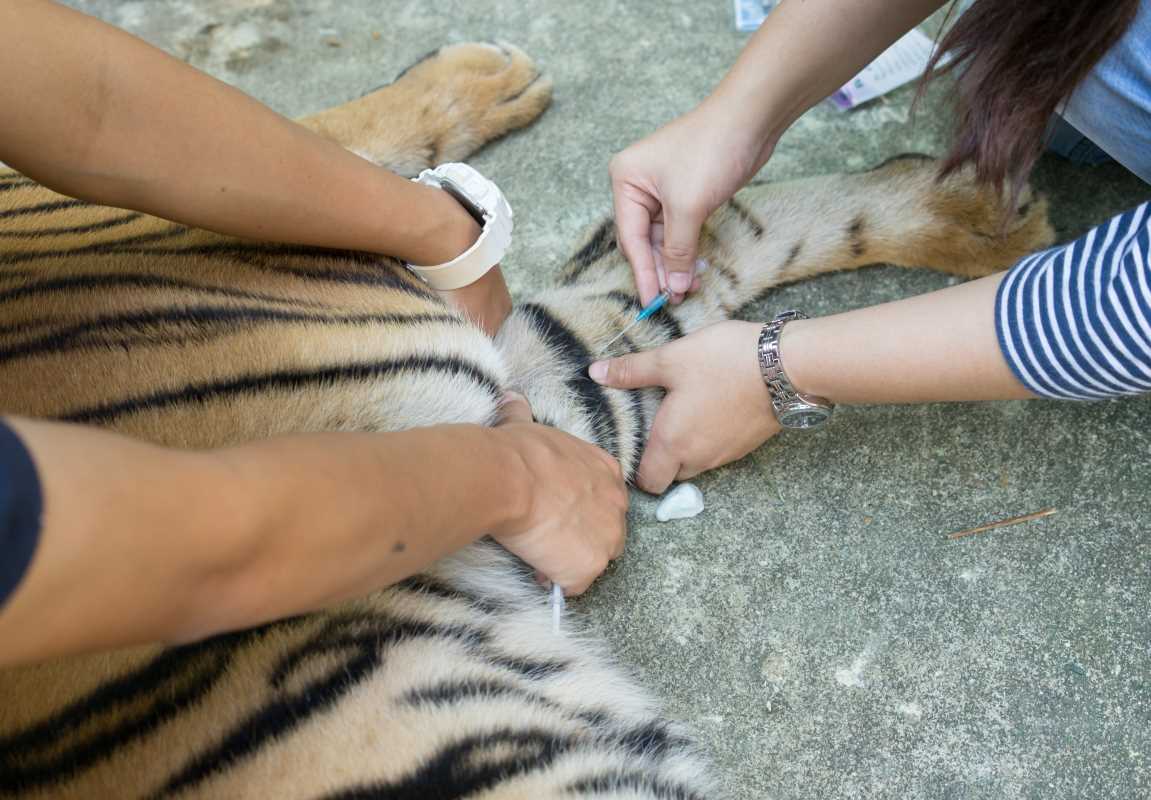People often think of art and science as complete opposites. Science is seen as logical, analytical, and based on hard data, while art is viewed as creative, emotional, and subjective. We tend to separate people into two camps: the "left-brained" logical thinkers and the "right-brained" creative types. But what if you're someone who loves both? What if you enjoy painting or drawing but are also fascinated by biology? Or maybe you're great at math but also have a passion for design. The good news is that you don't have to choose. There is a growing number of amazing careers that exist at the intersection of art and science. These jobs require a unique blend of creativity and technical skill, allowing you to use both sides of your brain to create incredible things. This guide will explore some of the coolest careers that prove art and science are a perfect match.
Designing the World Around Us
Architecture is one of the oldest and most classic examples of a field that combines art and science. An architect is both an artist and an engineer, responsible for designing buildings and other structures that are not only beautiful and inspiring but also safe, functional, and sustainable. They have to think like a sculptor, considering form, light, and space, while also thinking like a physicist, calculating loads, stresses, and material strengths.
The artistic side of architecture involves creating a vision for a building. Architects think about how a building will look and feel, how it will fit into its surroundings, and how people will experience the spaces within it. They sketch initial concepts, build physical models, and create detailed 3D digital renderings to bring their ideas to life.
The scientific side is just as important. An architect needs a deep understanding of physics, geometry, and engineering principles to ensure their beautiful design can actually be built and will stand up to the forces of nature. They must know about building codes, structural integrity, and the properties of different materials. They also increasingly need to understand environmental science to design energy-efficient, sustainable "green" buildings. To become an architect, you typically need a professional degree in architecture, which is a rigorous program that combines design studios with technical courses.
Visualizing the Human Body
Have you ever wondered who creates the detailed, clear drawings of the human body that you see in biology textbooks, on medical websites, or in instructional videos for surgeons? That’s the work of a medical illustrator, a highly specialized professional who combines artistic talent with a deep knowledge of medicine and science. Their job is to translate complex scientific information into visuals that are easy for doctors, students, and patients to understand.
A medical illustrator is a visual storyteller for the world of medicine. They might create an animation showing how a new drug works at the cellular level, draw a step-by-step surgical procedure, or design a 3D model of an organ for a medical student to study. Their work must be incredibly accurate, as a mistake could lead to a misunderstanding of critical health information. At the same time, it must be visually engaging and clear enough to make a complex topic accessible.
To enter this field, you need to be skilled in both art and science. Most medical illustrators have a bachelor's degree with a double major or a major/minor combination in art and a biological science, like biology or chemistry. Afterward, they typically earn a master's degree from one of the few accredited medical illustration programs. It's a challenging but incredibly rewarding career that plays a vital role in medical education and patient care.
Creating Interactive Worlds
The worlds inside our favorite video games are a stunning fusion of art and technology. A video game designer is a key figure in this fusion, working to create the rules, systems, and experiences that make a game fun. This role requires a perfect balance of creative storytelling and logical, systems-based thinking.
The artistic aspect of game design involves creating the game's core concept, developing the narrative, and designing the characters and world. Designers think about the emotional journey they want the player to have. They imagine expansive fantasy landscapes or futuristic cities and work with artists to define the game's visual style.
The scientific aspect comes in the form of systems design. A game is a complex system of rules, probabilities, and feedback loops. A designer uses logic and math to balance the game's difficulty, design the character's abilities, and create the underlying mechanics that make the gameplay compelling. They need to think like a programmer to understand what is technically possible and how to implement their ideas within the game's engine. It's a field for creative problem-solvers who love both telling stories and building intricate systems from the ground up.
Reconstructing the Past
A forensic artist uses their artistic skills to help law enforcement solve crimes and identify unknown individuals. It's a fascinating field that brings together art, anatomy, and anthropology. These artists work in several different areas. One of the most well-known is composite sketching, where they interview a witness or victim to draw a picture of a suspect's face. This requires not only artistic skill but also excellent communication and listening skills to translate a person's verbal description into a facial likeness.
Another crucial part of their job is facial reconstruction. When human remains are found, a forensic artist can work with a forensic anthropologist to rebuild a face on the skull. Using their deep knowledge of human anatomy—such as the relationship between bone structure and facial features, and the average thickness of tissue at different points on the skull—they can sculpt or draw a face to estimate what the person looked like. This can lead to the identification of a missing person. They also use their skills for age progression, creating images of what a long-term missing person might look like years later. This career is a powerful way to use artistic talent in the service of justice and public safety.
 (Image via
(Image via





